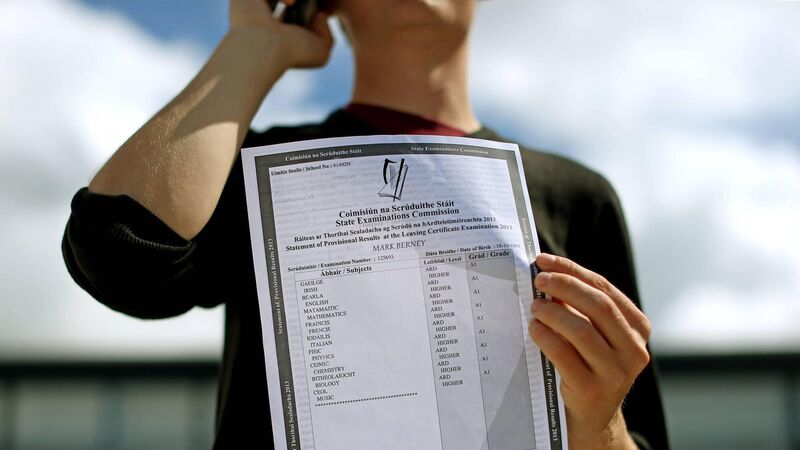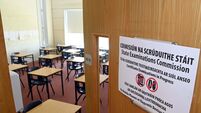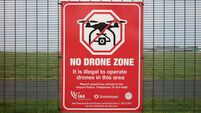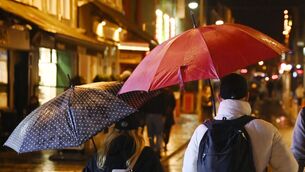Leaving Cert: Physics exam a fundamentally fair paper

Students were treated to a physics paper full of choice, while very few unexpected surprises cropped up on the physics and chemistry paper as Leaving Cert exams continued on Wednesday morning.
The 2023 higher-level physics exam was a fundamentally fair paper, according to Pat Doyle, teacher with the Institute of Education.













